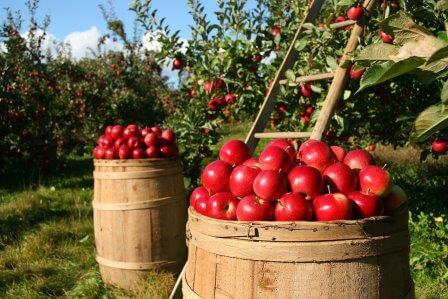SOIL
MEANING OF SOIL Soil can be defined as the unconsolidated weathered materials found in the upper most layer of the earth surface on which plants grow. It provides support and nutrients for the plants. TYPES OF SOIL The three types of soil are; Sandy Soil, Clay Soil and Loamy Soil. SANDY SOIL A […]
